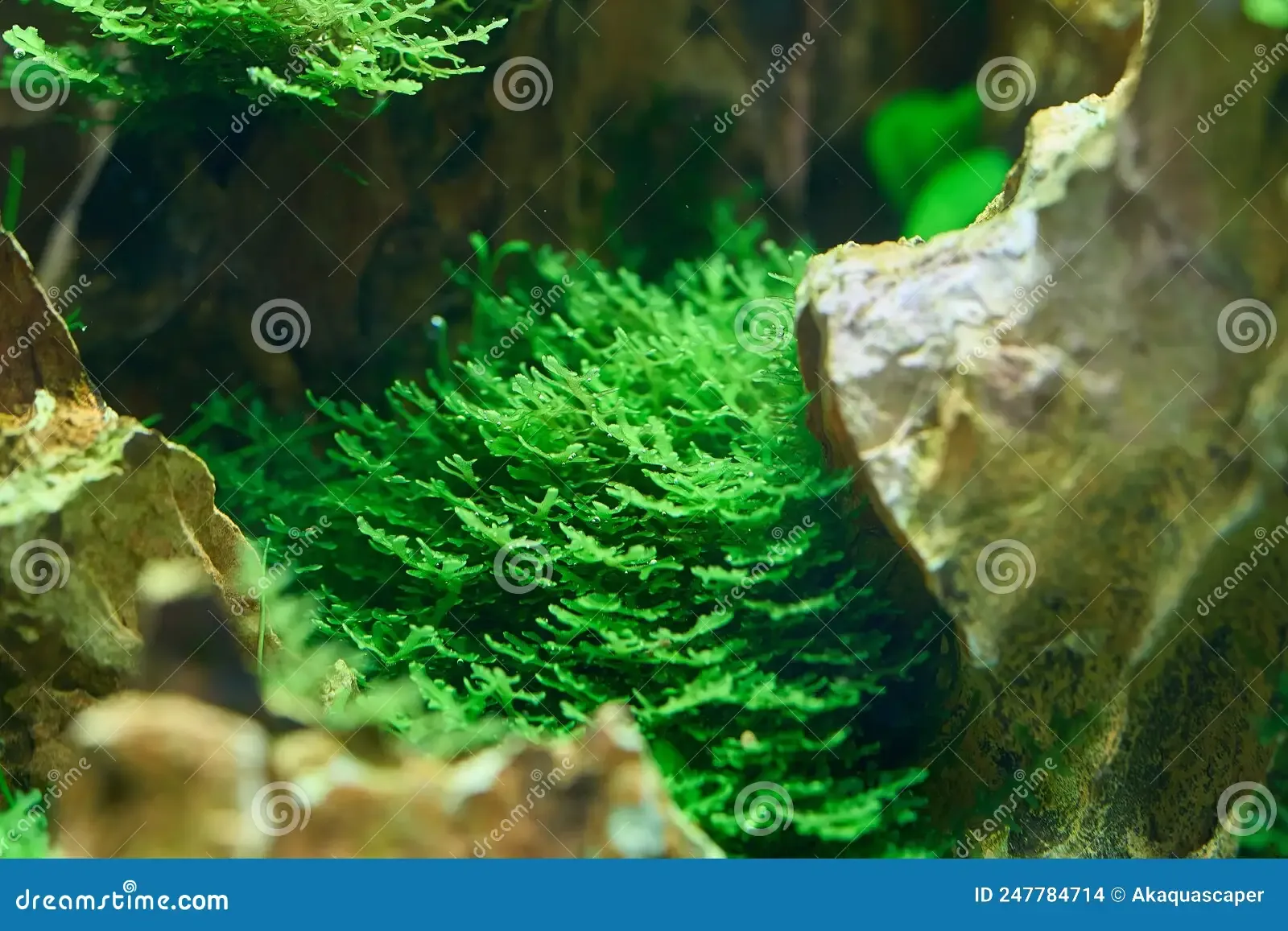
riccardia-aquarium-moss-riccardia-aquarium-moss-dragon-stone-247784714.jpg from: https://www.dreamstime.com/riccardia-aquarium-moss-riccardia-aquarium-moss-dragon-stone-image247784714
Exploring the Fascinating World of Riccardia flavovirens Furuki Moss
Introduction
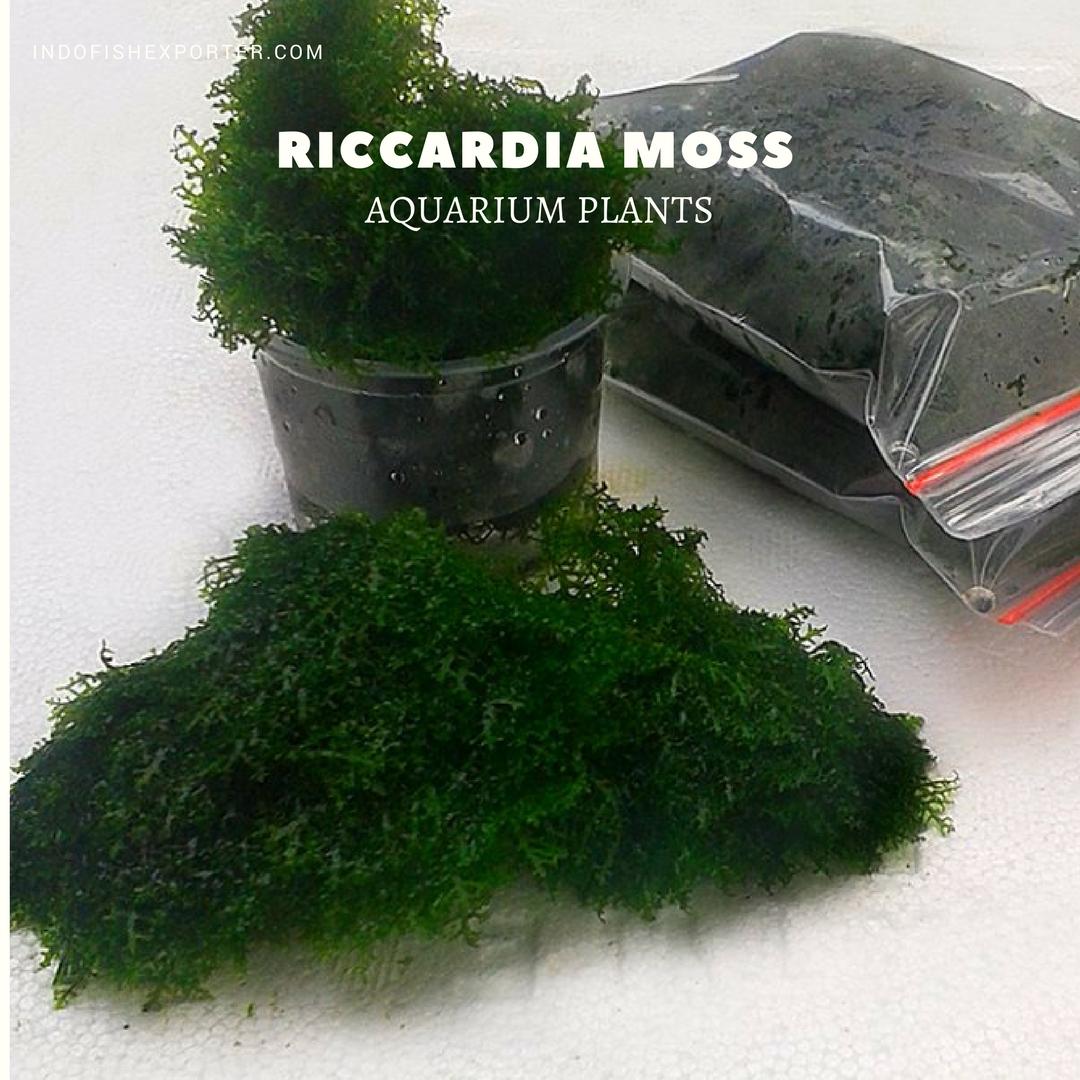
riccardia-moss-plants.jpg from: https://indofishexporter.com/2010/01/15/riccardia-moss/
Mosses are often overlooked, but they play crucial roles in ecosystems around the world. One particularly interesting species is Riccardia flavovirens Furuki, a type of thallose liverwort moss in the Aneuraceae family. In this blog post, we’ll dive into the details of this fascinating plant, from its unique morphology to its ecological importance.
Background
Riccardia flavovirens Furuki is a species of thallose liverwort, which are non-vascular plants in the division Marchantiophyta. Liverworts are some of the oldest land plants, with fossils dating back over 400 million years. There are over 7,000 species of liverworts found all around the world.
Morphology and Identification
R. flavovirens has a distinctive appearance that sets it apart from other mosses:
- Thallus (leaf-like structure) is yellowish-green in color
- Thallus is 1-3 cm long and irregularly branched
- Thallus margins are slightly ruffled or wavy
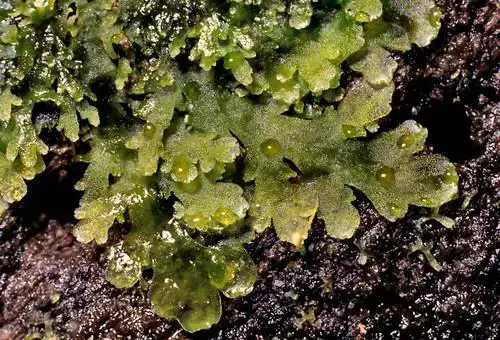
medium.jpg from: https://enciclovida.mx/especies/137023-riccardia
- Grows in dense mats on rocks, logs, and moist soil
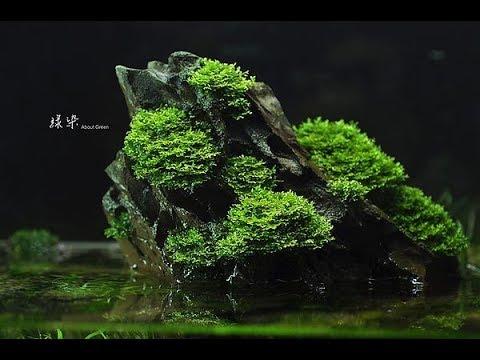
hqdefault.jpg from: https://www.youtube.com/watch?v=2_oUHAAhnXU
With a hand lens, you can also see tiny, globe-shaped structures called oil bodies within the thallus cells. These contain aromatic compounds that likely help deter herbivores.
Global Distribution and Habitat
This species is found in subtropical and tropical regions of Asia, including:
- Southern Japan
- Taiwan
- Southern China
- Vietnam
- Philippines
It typically grows in moist, shaded environments such as:
- Damp rocks near waterfalls and streams
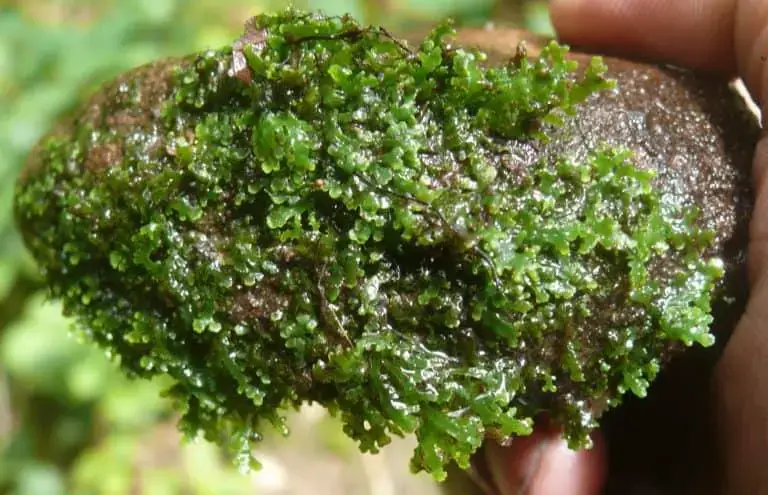
Coral-Moss-768×495.jpg from: https://www.fishlaboratory.com/fish/coral-moss/
- Rotting logs and tree bases in forests
- Shaded cliffs and banks
Ecological Roles and Adaptations
Like other bryophytes, R. flavovirens plays important roles in its ecosystem:
- Helps retain moisture and prevent erosion
- Provides habitat for micro-organisms and small invertebrates
- Pioneers disturbed sites and aids in succession
It has several adaptations that allow it to thrive in its moist, shady habitats:
- Thallus is thin and translucent to capture diffuse light
- Rhizoids (root-like structures) anchor it to substrate
- Able to absorb water and nutrients over entire surface
- Reproduces via spores and fragmentation
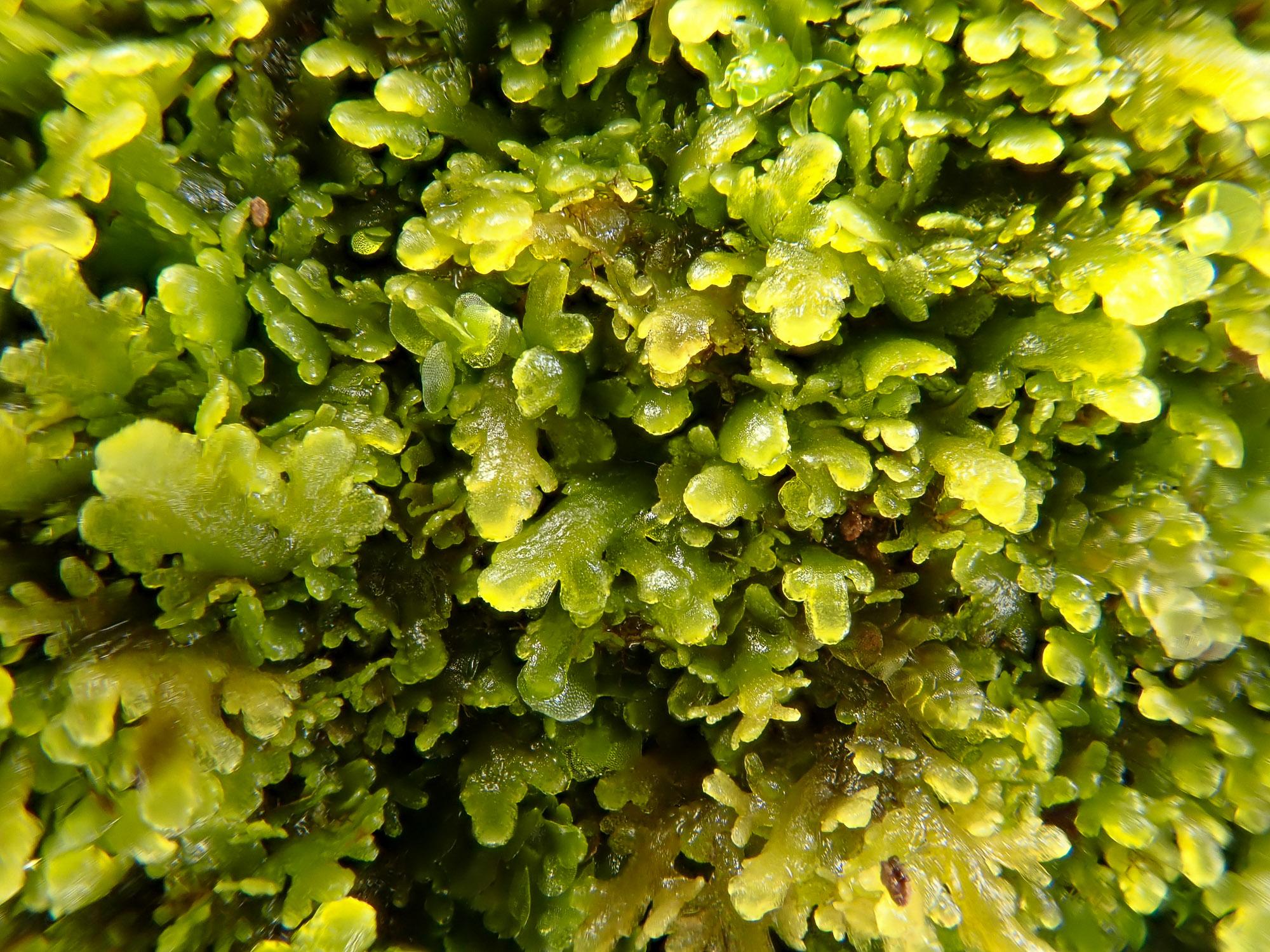
2021-02-21-13-38-46.jpg from: https://www.britishbryologicalsociety.org.uk/learning/species-finder/riccardia-multifida/
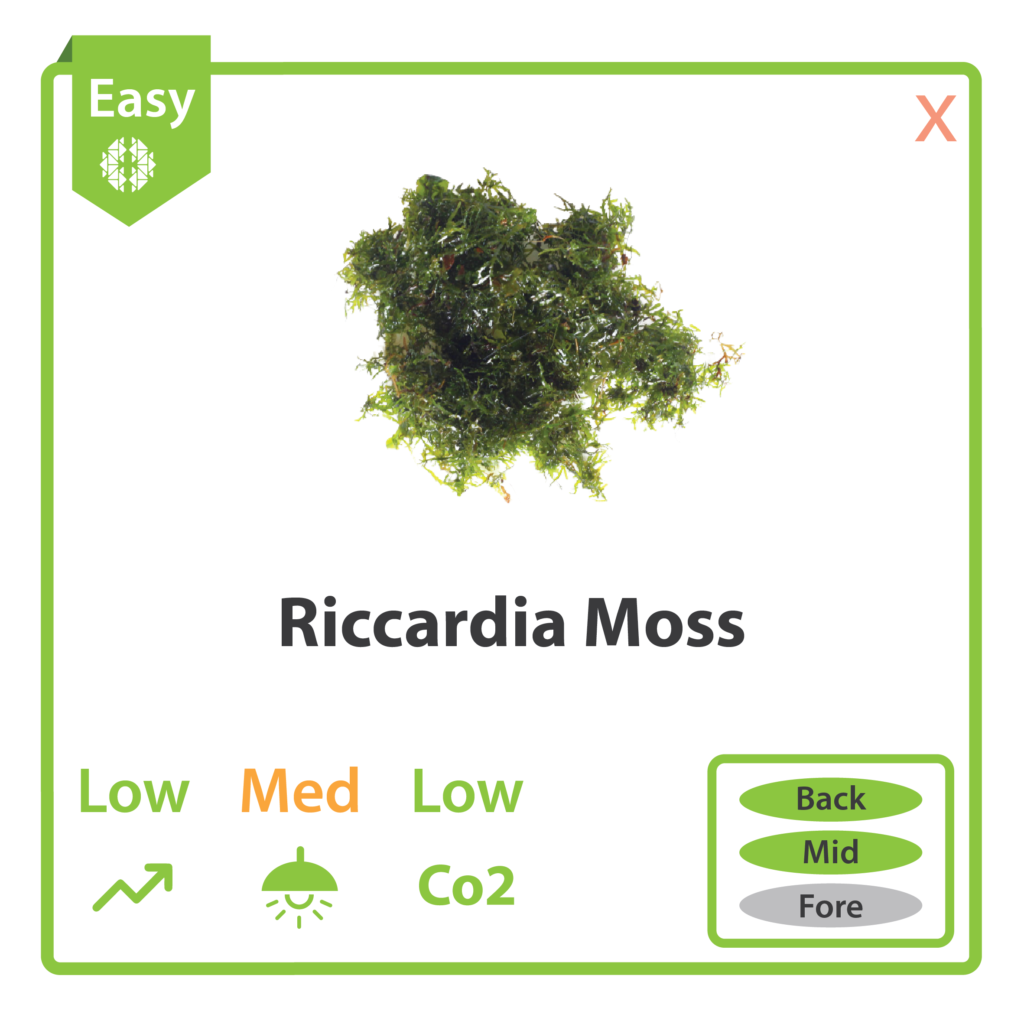
12-Riccardia-Moss-01-1024×1024.png from: https://ondoornamental.com/product/riccardia-moss/
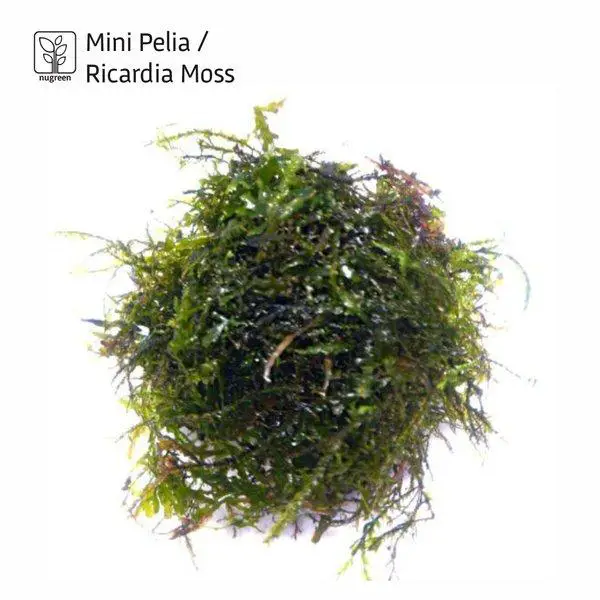
Mini_Pelia___Riccardia_Moss.jpg from: https://www.bukalapak.com/p/hobi-koleksi/berkebun/bibit-tanaman/bybtzm-jual-riccardia-moss
| Characteristic | Description |
|---|---|
| Division | Marchantiophyta |
| Class | Jungermanniopsida |
| Order | Metzgeriales |
| Family | Aneuraceae |
| Genus | Riccardia |
| Species | R. flavovirens |
| Authority | Furuki |
Conclusion
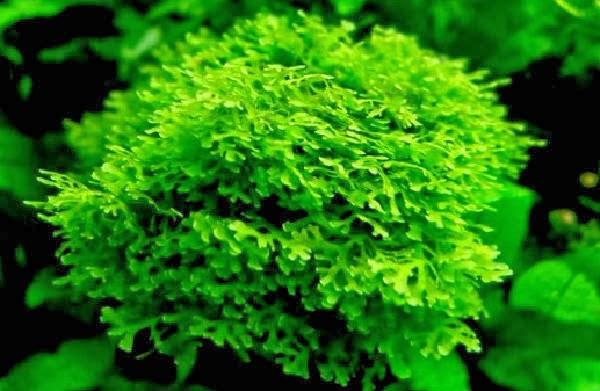
p055100.jpg from: https://biota-aquaticplant.blogspot.com/2014/01/jual-moss-riccardia-mini-pelia-untuk.html
Riccardia flavovirens Furuki may be small, but it is a remarkable and ecologically valuable moss. Its unique morphology and niche habitat preferences make it an intriguing species to study. The next time you’re in a subtropical Asian forest, take a closer look – you just might spot this beautiful thallose liverwort! What other tiny treasures are waiting to be discovered in the world of mosses?
24208164_4365f650-a232-4a4b-9f45-9f7622986b1b_530_530 from: https://www.tokopedia.com/bluegreenfarm/moss-ricardia-mini-pelia-bahan-aquascape-riccardia-lumut-aquarium